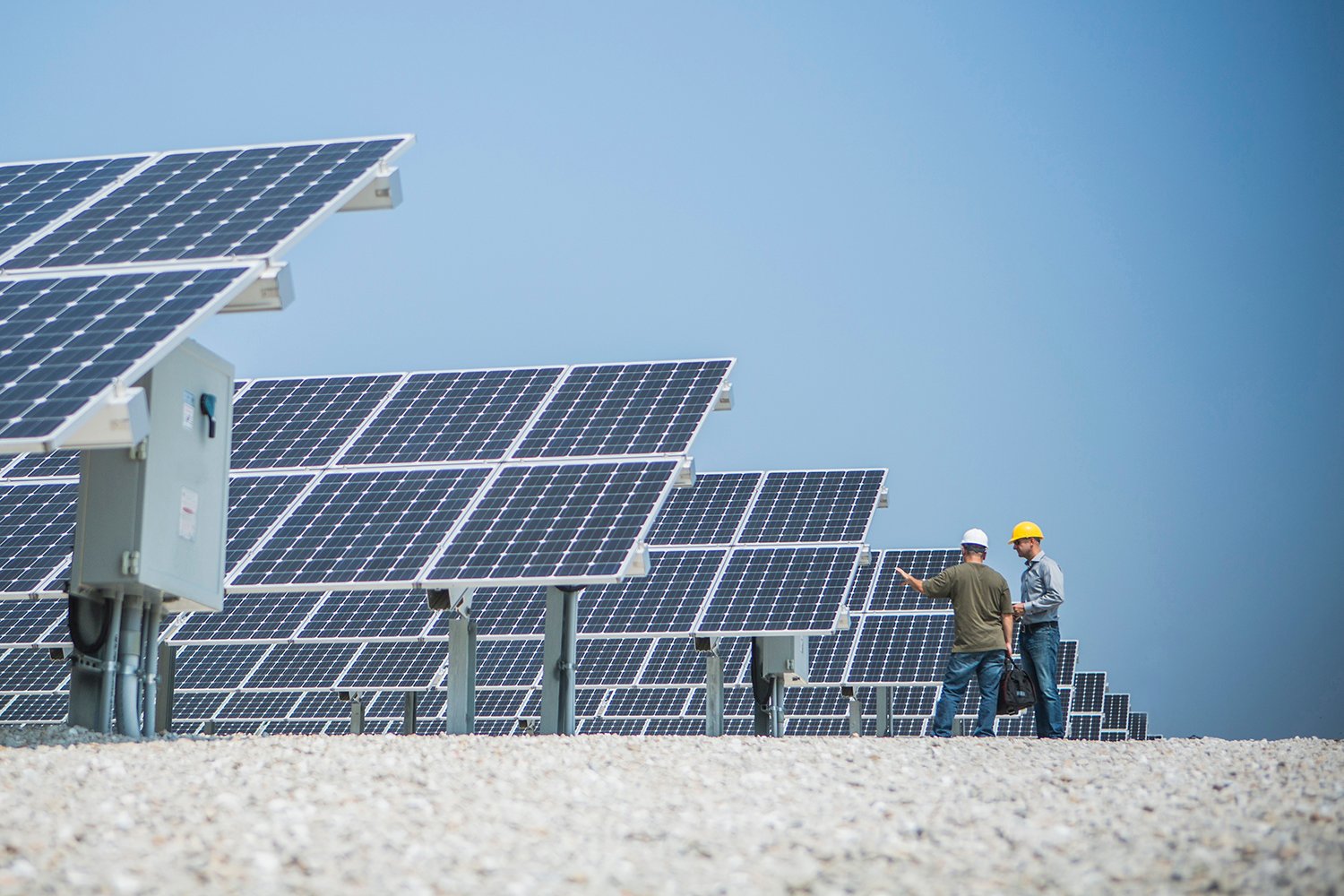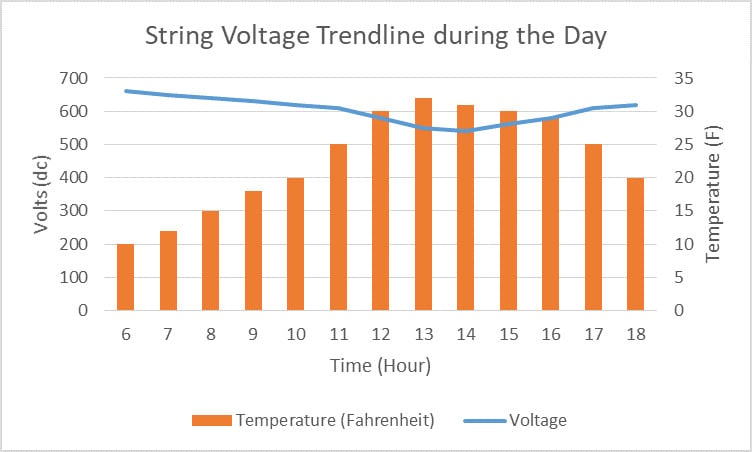While the cost to implement and maintain photovoltaic (PV) has dropped substantially in recent years, the cost is not trivial. PV and microgrid design companies must constantly prove the viability and ROI of these systems. High-quality data makes it possible. For system owners, operators, and managers, the questions are:
- How do you gather good PV system data?
- How do you manage the data with confidence?
- How do you use the data to ensure that your system delivers reliable, cost-effective electricity?

1. Gather good data: ensure data integrity
Trustworthy data is accurate and secure. Data collected during the commissioning and testing of a new system, and throughout the lifetime of the system, will likely rest with a solar or generation technician. Their tool of choice to gather accurate test data is a digital multimeter. Data can be stored within the digital multimeter, stored locally (on a computer) and/or stored remotely via a cloud database.
A digital multimeter is only as good as it is accurate. Fluke recommends you calibrate your digital multimeter on an annual basis, if not more often.
- Field calibrators like Fluke’s 725 Multifunction Calibrator, enable digital multimeters to accurately test distributed energy resource (DER) production, such as solar PV array voltage and current.
- Calibrators must be four or more times better than as required by the test specifications of the workload.
A Fluke digital multimeter with Fluke ConnectTM lets you upload data directly to a cloud-based server and share with other techs in the field or back at the office.
2. Manage with confidence: use reliable maintenance software
Equipment performance should be logged in a computerized maintenance management software, like Fluke's eMaint CMMS to minimize downtime and extend service life.
Data should be measured at regular intervals to establish a baseline. Looking at deviations from the baseline allows you to diagnose issues effectively. Put a Supervisory Control and Data Acquisition (SCADA) system in place to monitor your site’s DERs, energy storage, and demand.
Since microgrids often have many owners, knowing how to divide the bill and the revenue is vital. For instance, in a community solar system there may be over 500 individual owners of that system. Customer management software enables individual subscribers to track their share of the production.
3. Use the data: optimize your DER
Utilize sensors that output data to a SCADA like Fluke Connect, so you can see trendlines that easily pinpoint a ground fault, hot spot, or other issue. When current shows on the EGC or a module temperature spikes, an alarm sounds to alert you to the issue. With Fluke MobileTM, a technician can read the data instantly on a smart phone and address the issue immediately, saving you time and money.
Why is DER optimization important?
Your inverter won’t start until noon and you’re not sure why. Fluke Connect shows the voltage readings from a string inverter with cell temperatures (see graph below). What can you determine from the data?

Until about 1200 hours, the string voltage is above 600V, the inverter’s maximum input voltage. This shows that the inverter is off. The only time the string voltage is below 600V is between 1200 and 1630.
The cell temperature readings show that with the low temperatures in the morning and evening, the voltage increases, and the string exceeds the inverter’s maximum input voltage. But at 1200 hours, the temperature increases enough to decrease the string’s voltage to below 600V; the inverter starts and runs until about 1630 hours, when the temperature falls again and string voltage increases above 600V.
Apparently cold temperatures were not considered when the system was designed. With this new data, you now know that you have too many modules on your string, so you can make accommodations for it.
About the expert
Michael Ginsberg is a solar expert, trainer for the U.S. Department of State, author and Doctor of Engineering Science candidate at Columbia University. He is also chief executive officer of Mastering Green, where he has trained nearly a thousand technicians worldwide in solar PV installation, maintenance, and operation.